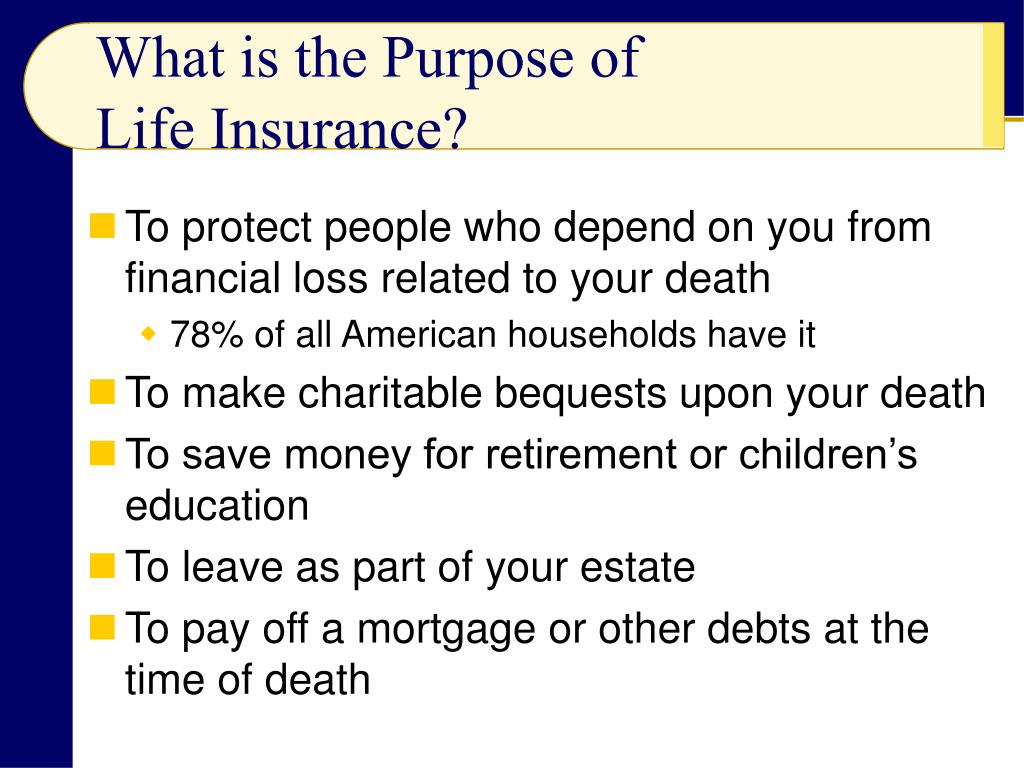Pacific Prime Fundamentals Explained
Pacific Prime Fundamentals Explained
Blog Article
The 5-Minute Rule for Pacific Prime
Table of ContentsGetting The Pacific Prime To WorkEverything about Pacific PrimePacific Prime - QuestionsGetting My Pacific Prime To WorkHow Pacific Prime can Save You Time, Stress, and Money.

This is since the data were accumulated for a period of strong economic efficiency. Of the estimated 42 million people who were without insurance, almost concerning 420,000 (concerning 1 percent) were under 65 years of age, the age at which most Americans end up being eligible for Medicare; 32 million were grownups between ages 18 and 65, about 19 percent of all adults in this age group; and 10 million were children under 18 years old, regarding 13.9 percent of all children (Mills, 2000).
These quotes of the variety of persons uninsured are generated from the annual March Supplement to the Present Populace Study (CPS), conducted by the Census Bureau. Unless otherwise kept in mind, nationwide price quotes of individuals without medical insurance and proportions of the populace with various kinds of protection are based on the CPS, one of the most widely utilized resource of quotes of insurance protection and uninsurance prices.
The Greatest Guide To Pacific Prime

Still, the CPS is specifically useful due to the fact that it generates annual estimates relatively rapidly, reporting the previous year's insurance protection approximates each September, and since it is the basis for a constant set of price quotes for greater than twenty years, permitting for evaluation of trends in coverage gradually. For these reasons, in addition to the comprehensive use the CPS in various other studies of Home Page insurance protection that are provided in this record, we depend on CPS quotes, with limitations kept in mind.

The estimate of the variety of without insurance people increases when a populace's insurance standing is tracked for several years. Over a three-year period starting early in 1993, 72 million individuals, 29 percent of the united state population, were without insurance coverage for at the very least one month. Within a single year (1994 ), 53 million people experienced at the very least a month without protection (Bennefield, 1998a)
Six out of every 10 uninsured grownups are themselves used. Functioning does boost the probability that one and one's family participants will have insurance, it is not a guarantee. Also participants of households with 2 permanent wage income earners have almost a one-in-ten possibility of being without insurance (9.1 percent uninsured rate) (Hoffman and Pohl, 2000).
Some Known Details About Pacific Prime
New immigrants account for a significant percentage of people without medical insurance. One evaluation has attributed a substantial part of the current development in the dimension of the U.S. without insurance population to immigrants who arrived in the country in between 1994 and 1998 (Camarota and Edwards, 2000). Current immigrants (those that concerned the United States within the previous four years) do have a high rate of being uninsured (46 percent), yet they and their youngsters make up simply 6 percent of those without insurance policy across the country (Holahan et al., 2001).
The partnership in between medical insurance and accessibility to care is well developed, as recorded later on in this chapter. Although the relationship between medical insurance and wellness end results is neither straight nor basic, a comprehensive professional and health and wellness services research literary works links medical insurance protection to enhanced accessibility to care, far better quality, and enhanced personal and population health and wellness condition.
Levels of evaluation for examining the impacts of uninsurance. It concentrates specifically on those without any type of wellness insurance for any type of size of time.
Fascination About Pacific Prime
The issues dealt with by the underinsured are in some areas comparable to those encountered by the uninsured, although they are usually much less severe. Wellness insurance, nonetheless, is neither essential nor sufficient to get access to clinical services. The independent and direct effect of wellness insurance protection on access to health and wellness services is well developed.
Others will acquire the healthcare they need even without medical insurance, by paying for it out of pocket or seeking it from suppliers who supply care cost-free or at highly subsidized prices. For still others, health insurance coverage alone does not ensure receipt of treatment due to other nonfinancial obstacles, such as a lack of healthcare service providers in their neighborhood, minimal access to transport, illiteracy, or etymological and social differences.
The Ultimate Guide To Pacific Prime
Formal research about uninsured populations in the United States dates to the late 1920s and early 1930s when the Committee on the Cost of Healthcare created a collection of records regarding financing doctor office check outs and hospitalizations. This problem became prominent as the numbers of medically indigent climbed during the Great Anxiety.
Report this page